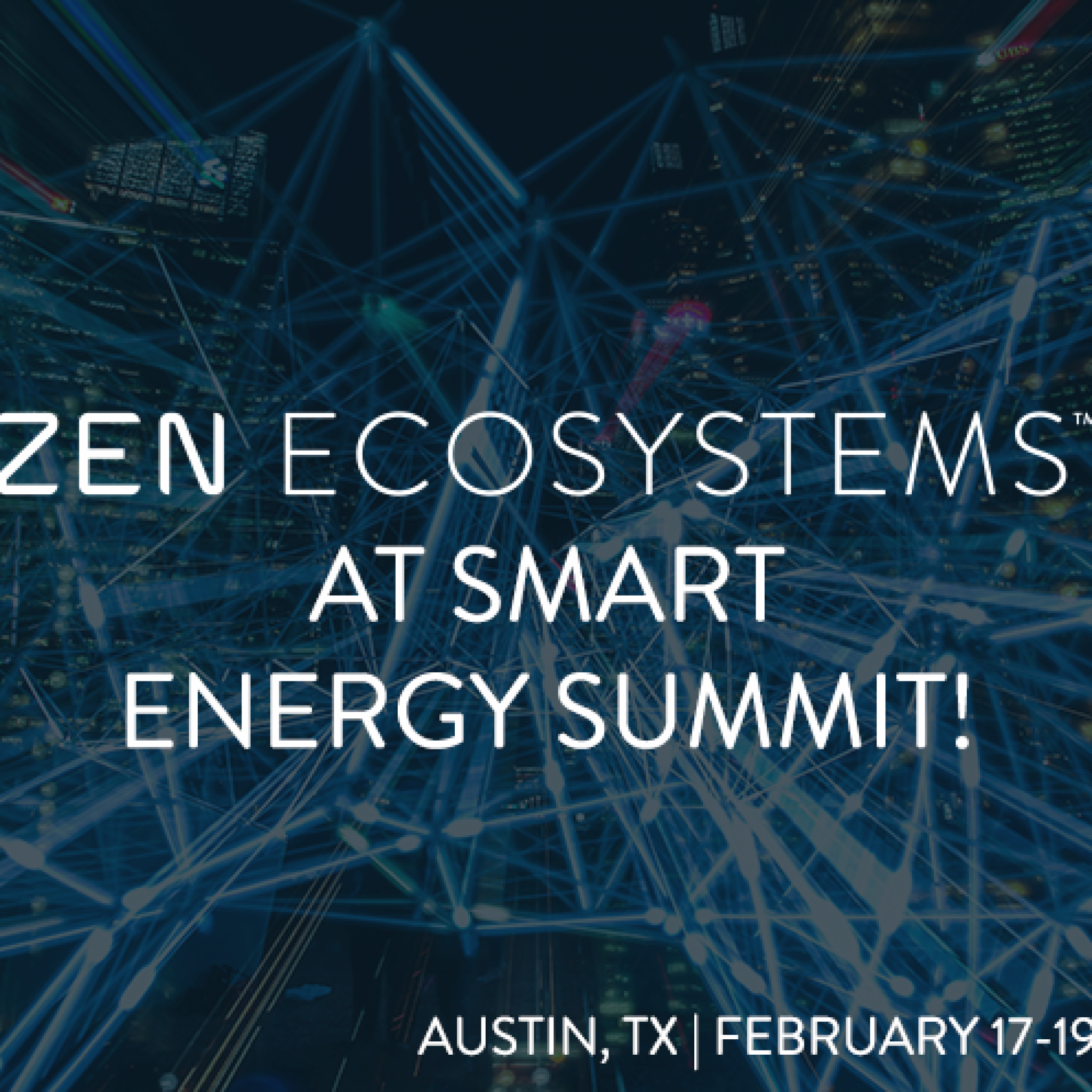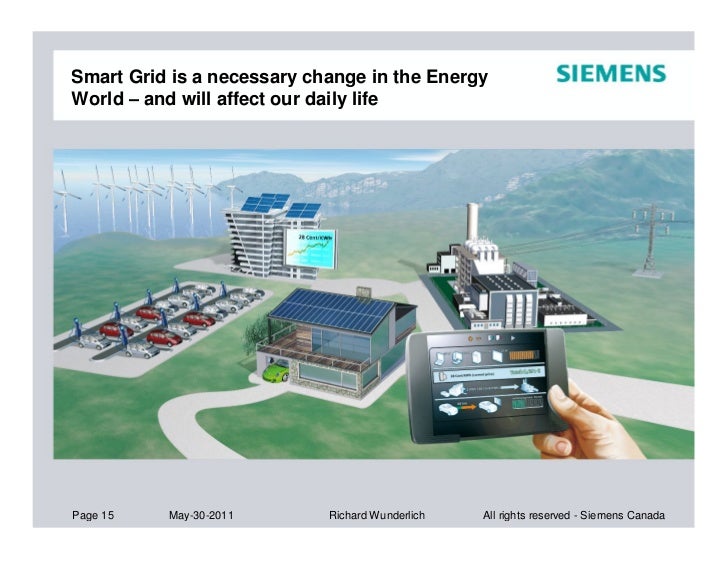
This viewpoint is emblematic of the utility industry’s strongly inward focused culture where interaction with customers is frowned upon. The general view was that it is the utility’s job to decide when new technologies are needed and to act in what it perceives to be the best interest of the end user.


The specific questions we asked included: What is the opinion of the end user regarding smart investments? Is the customer aware of the need for the investments? Do customers understand the impact of the investment on reliability and quality of service? Are customers calling and asking when they will get this new functionality? Do customers understand the impact on rates and are they willing to support higher grid tariffs? We found that no one had asked the opinion of the customer. Our third question was intended to provide insight into what utilities thought their customers’ views on smart investments were. This raised the question of how an investment scored on an intuitive basis could be compared against traditional investment, which all have in-depth analyses and positive business cases? The silence and lack of a response to this question indicated that companies are moving ahead with these projects on an ad hoc basis rather than through a formal optimization process. They were basing their investment decision on the belief that in the long term there would be a net positive benefit and it seemed like a “smart” investment. They explained that since the business case was for a grid company, it did not include the supplier benefits which they believed would lead to positive overall economic benefits. The response to the question from the industry participants at the conference surprised us, as while some had developed a business case, none had a positive economic impact. We wanted to determine if the business case behind smart meter and other smart grid initiatives followed these standards. In fact, investments generally need to have a positive economic impact or else the request for funding will not even be considered. What do your customers think of these new technologies?.What does the business case look like and what are the relevant evaluation criteria?.Which stakeholders are driving the smart investments and what are their critical success factors?.In one-on-one conversations, panel discussions and during an interactive session after our presentation, we questioned current investment decision-making practices by asking: To determine current practice in this area, we attended a Smart Grid conference in Stockholm, Sweden where we found a large group of industry experts focused on smart technology. We wanted to research whether or not investments in smart metering and smart grids were being evaluated in the same manner as ”ordinary” investments like asset replacement, reconstruction or maintenance. Therefore, a means of optimizing the portfolio is needed to ensure that the value of these limited resources is maximized and a consistent set of evaluation criteria is needed to enable selection of the best possible combination of programs in the portfolio. As not all projects in a portfolio can be undertaken in a given time period, some must be deferred. However, utilities typically face either funding or resource constraints which limit their ability to invest. This includes internal, vehicle-mounted, infrastructure and more.This methodology produces a list of potential investment opportunities that are linked to the company’s strategy. Laird Connectivity’s 70+ years of wireless design experience has produced a rich portfolio of high performance antennas that excel in their applications.

#Smart utility summit full
The right antenna choice is critical to the reliability and performance of Smart networks and Laird Connectivity offers a full range of antenna products and accessories to enable this. Every scenario has an ideal solution and our wide range of antennas gets critical data where it needs to go, securely.
#Smart utility summit Bluetooth
Each brings something to the table: Bluetooth and Wi-Fi for gathering local/consumer end data LoRaWAN to route data to the cloud over Low-Power WAN (LPWAN) cellular 4G/5G/LTE-M for nationwide blanket coverage and even private networks incorporating high gain antennas for wireless backhaul. Today’s Smart utilities are connected using several unique wireless protocols, each of which feature unique strengths and capabilities for their given applications and Laird Connectivity has solutions for each of these. We have the tools for the ideal robust wireless solution.

A connected grid improves efficiency, safety and reduces costs through predictive maintenance and control. Smart Utilities in Gas, Water and Electricity are for more than just convenience.


 0 kommentar(er)
0 kommentar(er)
